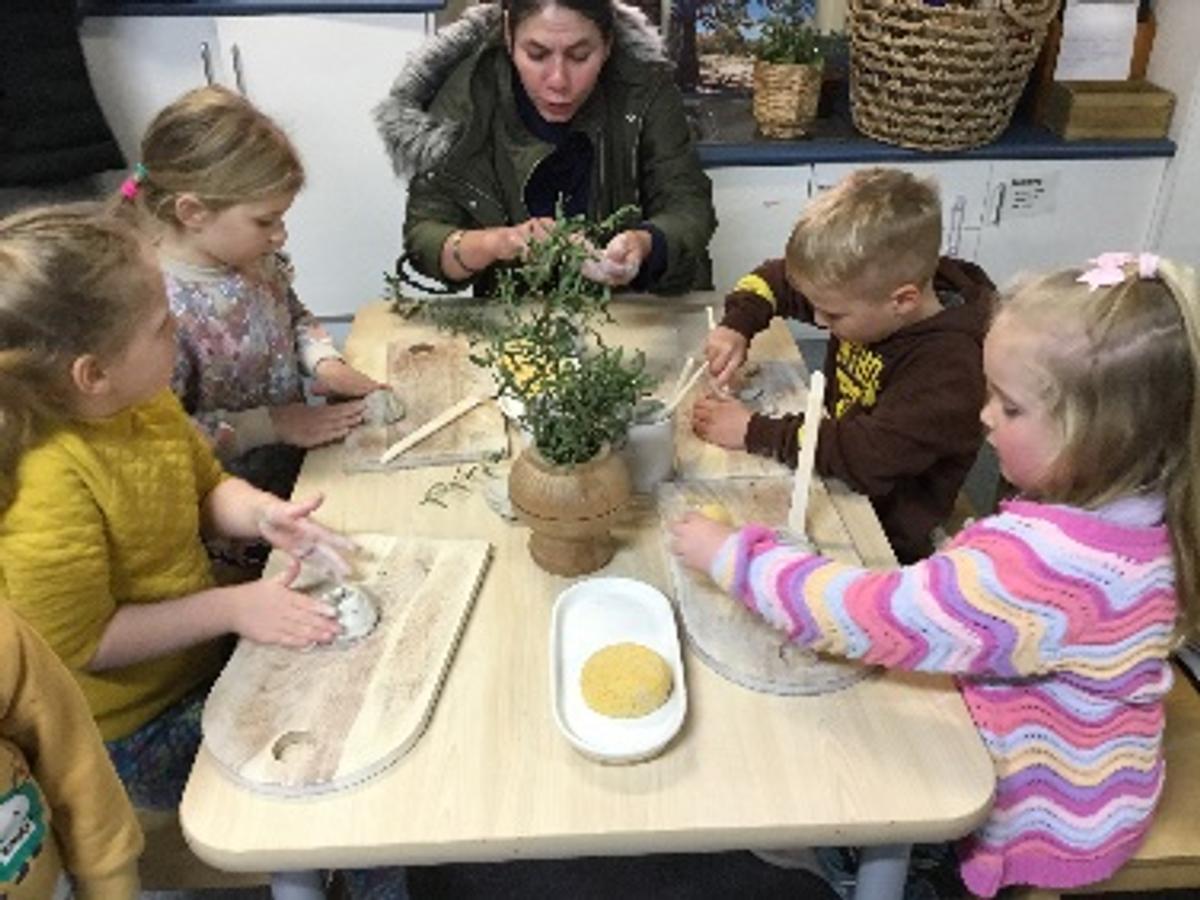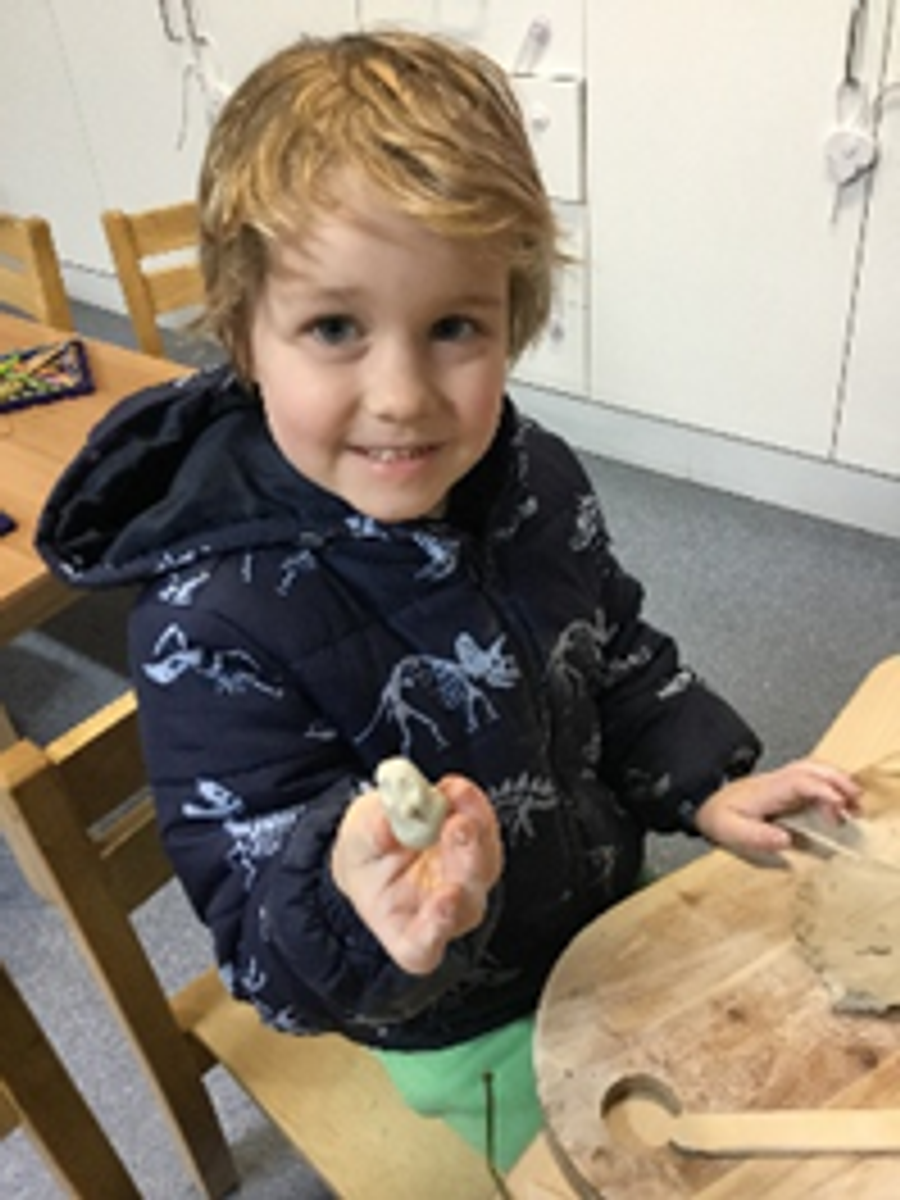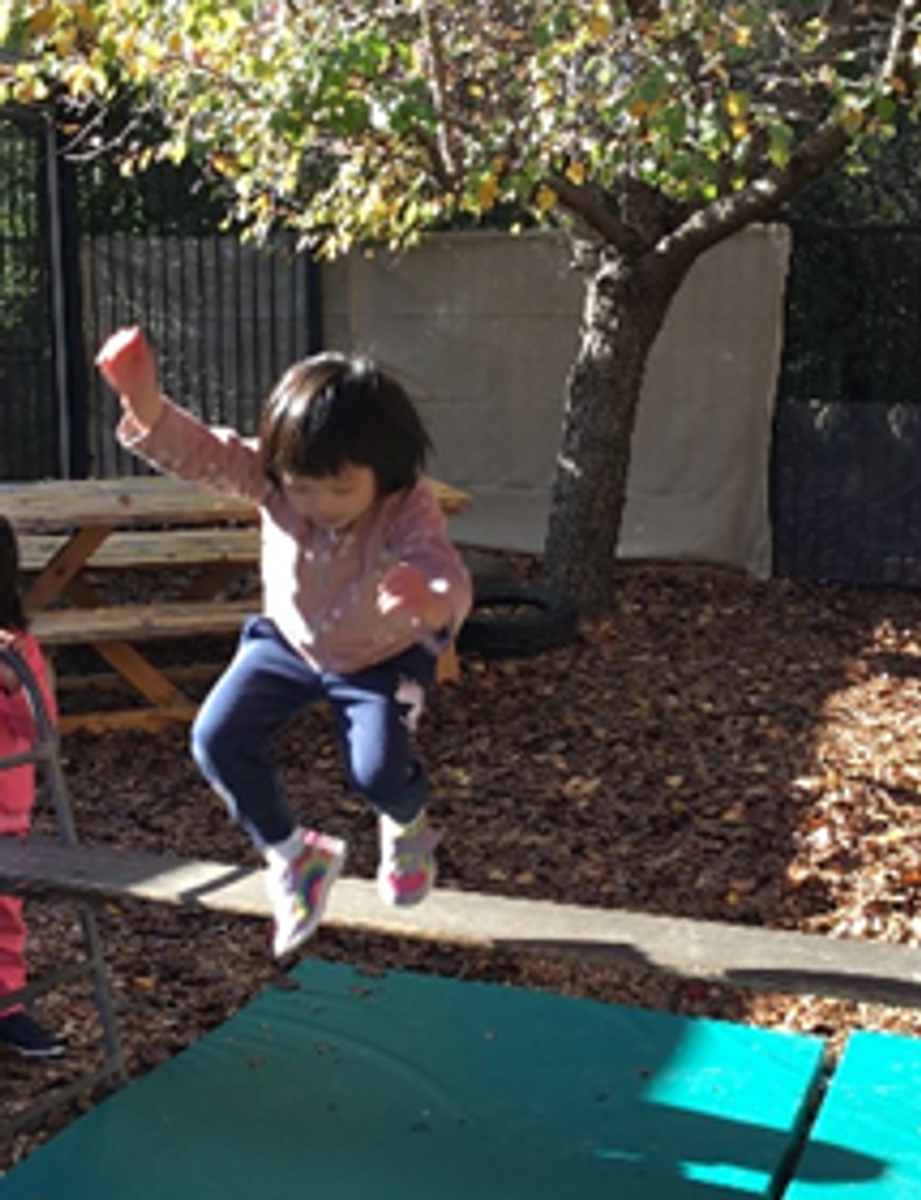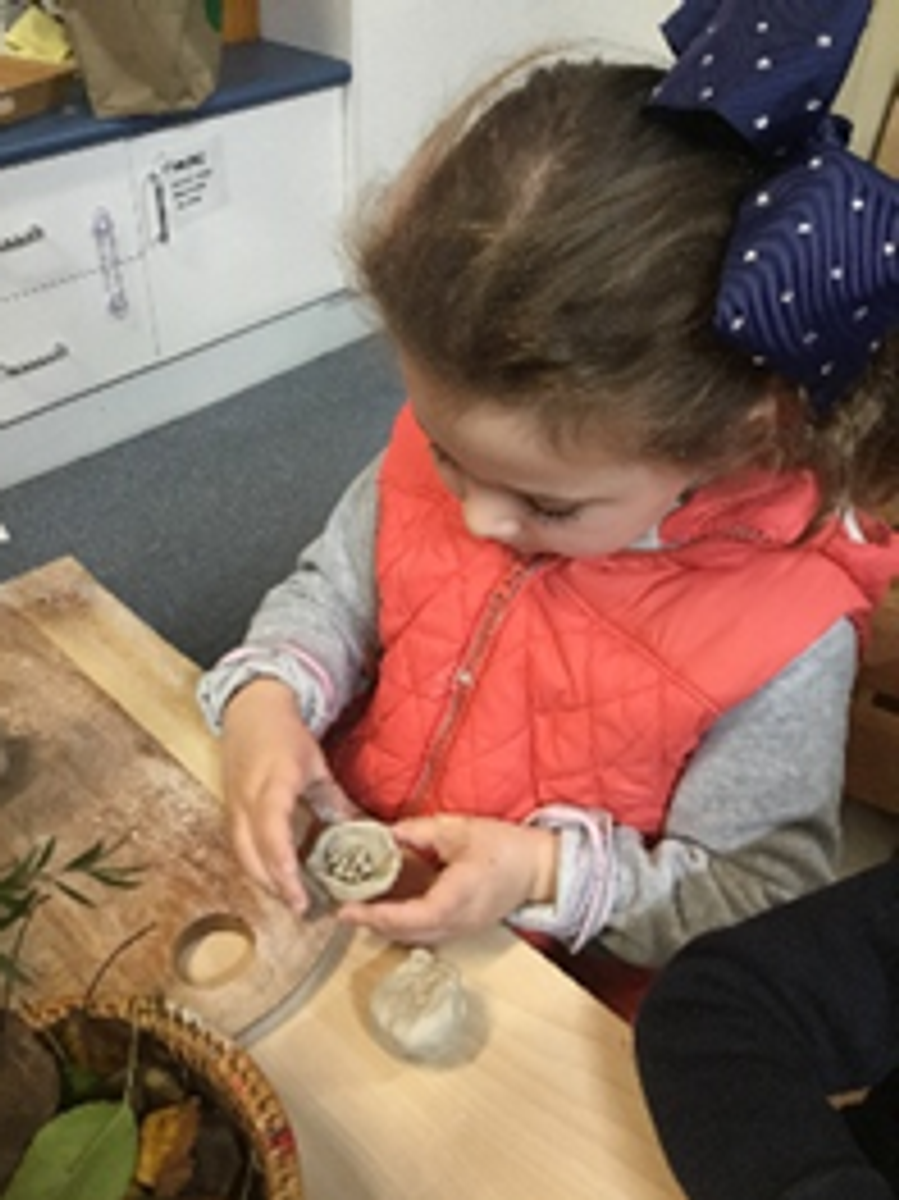Glen Education Carnegie

Child’s voice.
By Glen Carnegie Educational Team
Listening to the child’s voice is a significant step in recognising each child’s rights for feeling empowered and giving them the confidence to feel acknowledge, valued and important. As a team, we educators embrace the child’s voices to be heard and validate the importance of their opinions that effect their everyday learning and play. Our environment is created so that each child feels safe, secured and supported (EYLF - Outcome 1).
In being a very multicultural kindergarten, at Glen Carnegie we are diverse, supporting children from various cultural backgrounds. As an example, one of our educators Ling share her experience with a child Sheran who recently commenced at our kindergarten, who arrived from China and couldn’t speak English language. Ling supported her by communicating in her home language Mandarin to help settle her into her new environment. Through her interactions with Sheran, she was able to engage in experiences of interest and help her feel comfortable to express her ideas through art, which she created a special gift for her father. When Sheran finished her artwork, she proudly showed Ling her work, which Ling praised in Mandarin saying, “Tai Bang Le!” It meant: “Amazing!”
An's reflection of demonstrating a child’s voice is largely to do with the clay experiences children have been exploring.
"Following the lead of children as they express their inventiveness and understanding through their art, drawing, role playing and storytelling have been very important for educators at Carnegie Kindergarten. This is especially the case with children creating from their own imagination and experiences using clay. While some children were inspired to create objects from the natural landscape (trees, insects, bird's nests, volcanos, rivers) others choose to create objects from their day-to-day life, for example:
Janvi created “a spray bottle and headphones”, Maya said, “I made birds’ nests”, Mason said, “this is my tea set” and Oliver was excited to show us “here are my 5 little ducks”
The diversity of artwork and the stories and significance it held for each child then becomes a jumping off point for further co-learning between children and educators. It is this practice of centreing the child’s voice and facilitating the many different ways children reflect, express, and contribute to the learning environment themselves, that educators at Carnegie Kindergarten ensure children have meaningful opportunities to express who they are, what they know, and what they may be interested in exploring."
In assessing a child’s learning and development, children often celebrate their achievements with the educational team. Earlier this year, Charlotte called out to Sara and said “I’m not scared anymore. I did it!” She wanted to show Sara that she could climb up the plank of the climbing frame onto the balance beam and jump down. Furthermore, she wanted to share this with her teacher from last year, saying “teacher Kerry, I’m not scared anymore. I did it!
Kerry was so proud to see great progress Charlotte achieved in developing her confidence in her learning new skills.
Children are made aware the importance of caring, being kind and being in a place where they can stay and feel safe, healthy and protected. Audrey came to Kavita and showed her tummy, “there is a baby in my tummy “She walked around the room slowly. A few minutes later she walked with the pram – “Baby is out, and I am taking my baby for a walk, she had her milk and is feeling happy.” Audrey used her imagination, adopting being a mum, solving problems creatively, expressing herself emotionally. This type of play allows children to create, richness in play exploring imaginary scenarios, fostering flexible, original thinking displaying the situation where we all have a right to stay safe and healthy.





